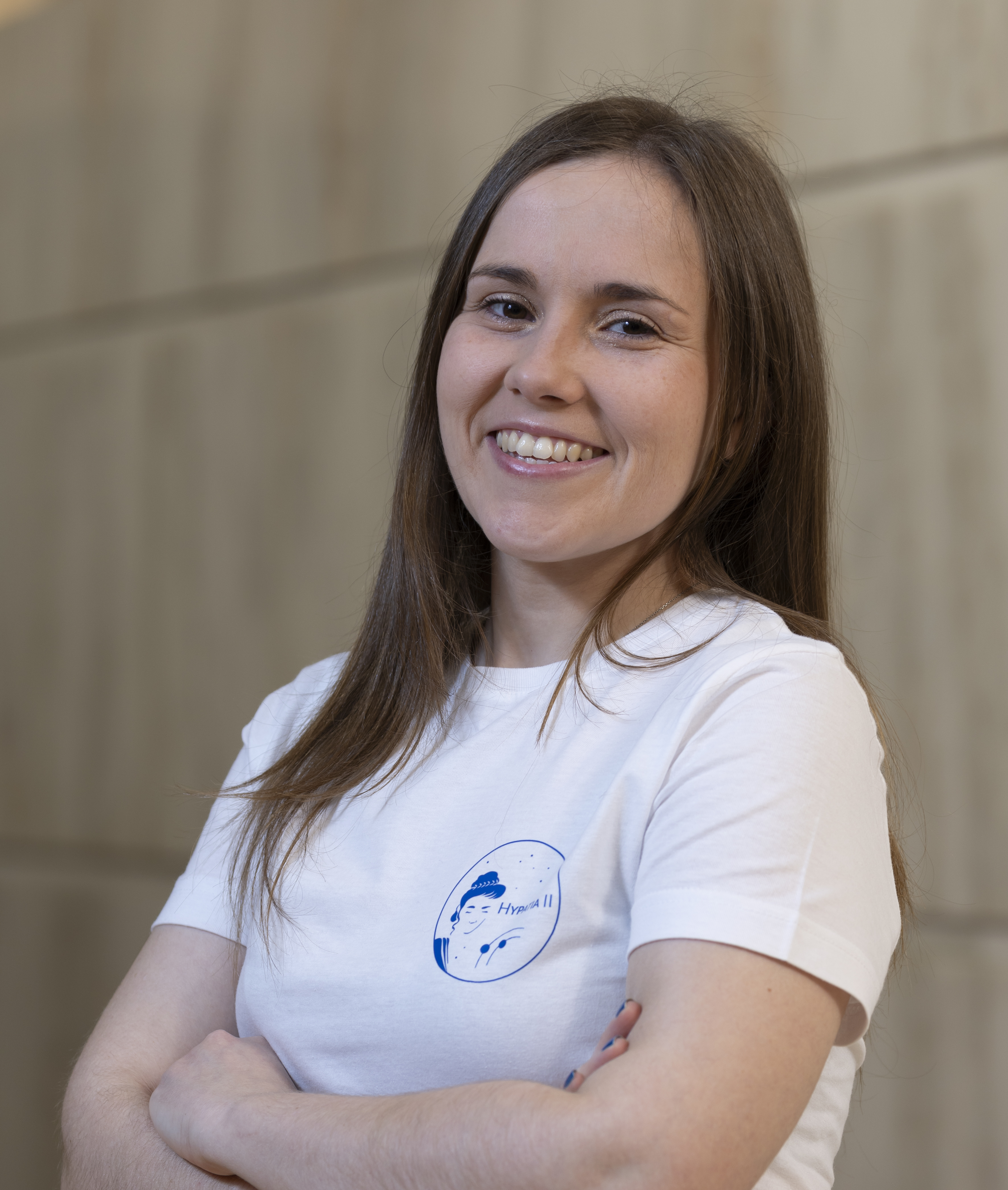Jennifer García Carrizo is a Juan de la Cierva Postdoctoral researcher at the Rey Juan Carlos University inside of the Cyberimaginary Research Group, where he analyzes processes of citizen participation and scientific communication. She has recently been selected along with 9 other scientists for Hypatia Mars to develop a mission at the analog station Mars Research Desert Station (MDRS), in the United States.
During the mission, you will develop the Investigation project "Hypatia's Circular Odyssey: Tracing the sustainable path of the Hypatia II Mission", which will result in an interactive and immersive product that will explore waste and resource management during the Hypatia II mission. Thus, the sustainable path of different types of waste and resources will be delved into, from a circular economy perspective. All this highlighting the active role of the crew, promoting personal commitment to sustainability, both in simulated space missions and in daily life on our planet. This project has the support of XR COM LAB at URJC, which will provide the necessary materials for the development of the proposal.
The crew of which the URJC researcher will be part is made up of other 9 analog astronauts of different ages and scientific disciplines, led by Commander Ariadna Farrés Basiana, researcher at the Goddard Space Flight Center of the NASA, in the United States, from where he has participated in the launch of the telescope James Webb.
The objectives of the Hypatia II mission are (1) to promote research projects of excellence and to test communication strategies and protocols in conditions of simulation and isolation, (2) to develop dissemination activities and (3) to make contemporary female scientists of different ages visible. and at different stages of their professional career to inspire vocations, especially among girls and young people.
Other research projects of the new crew are linked to sustainability and the development of Martian solar panels resistant to the dust of the red planet; the development of remote sensing systems for Earth from space; the design of protocols to collect samples of geological material from the Moon for analysis on Earth; monitoring the behavior of analog astronauts in an isolation situation; or a project to circularly manage crew waste.


